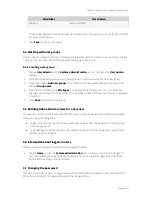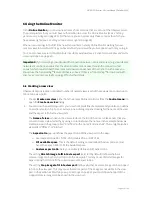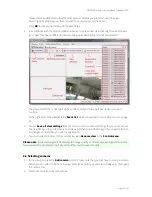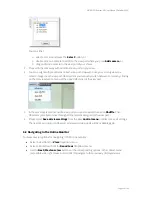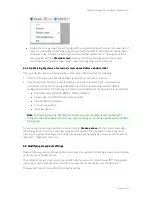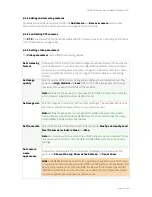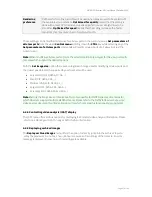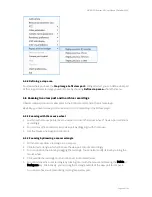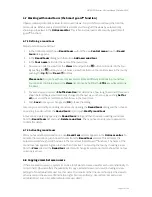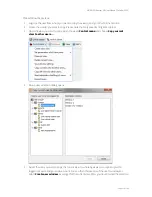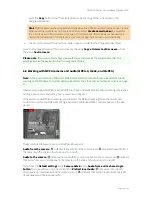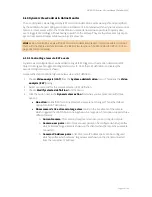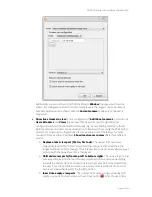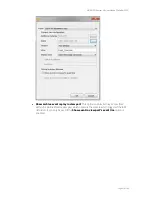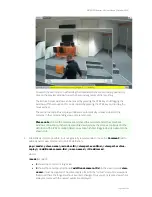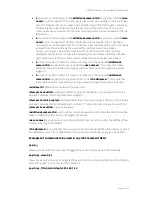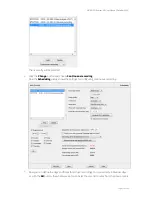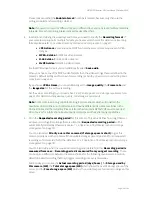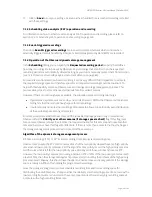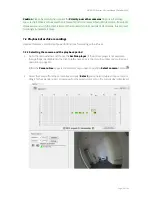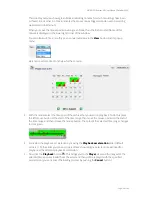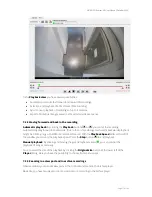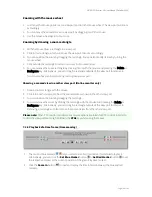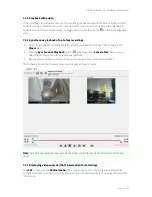
NETAVIS Observer 4.6 User Manual (October 2015)
Page 64 of 204
6.10 Dynamic View Control in Online Monitor
The use of dynamic views triggered by iCAT and motion detection events was significantly simplified
by the addition of a new configuration menu in Observer 4.5. Combined with the dynamic view control
feature, archive access within the Online Monitor view ports now allows operators to quickly view
event-triggered recordings without having to switch to the Archive. They are therefore able to keep an
eye on live camera-streams while reviewing critical events.
Hint
: Aside of controlling views with iCAT and motion detection triggers, it is also possible to control
them with the Matrix view function (see
20.4 Matrix View function of the Online Monitor (VIP control)
on
page 184 for more details).
6.10.1 Controlling views via iCAT events
Dynamic view configurations can be added to any of iCAT triggers such as motion detection (MD),
object tracking event trigger, sabotage detection, etc. Once the iCAT definition is activated, the
associated dynamic view is shown.
Here are the steps to control dynamic views via an iCAT definition:
1.
Choose
Video analysis (iCAT)
from the
System administration
menu. This opens the
Video
analysis (iCAT)
dialog.
2.
Select a camera and for the camera select an iCAT definition.
3.
Choose
Modify selected definition
from the menu.
4.
Click the button next to the
Dynamic view action
field where you are presented with three
options:
No action
means that the Online Monitor's views are not changed. This is the default
option for all iCAT definitions.
Show camera's live stream in large view
results in the live stream of the camera
which triggered the iCAT definition being shown in a large view. This option supports three
different modes:
o
Current camera
: The camera's live stream is shown on all connected clients.
o
Camera-user pairs
: A list of camera-user pairs can be configured which specifies
which cameras' large views are shown on the clients when the respective users are
connected.
o
Camera-IP Address pairs
: A list of camera-IP Address pairs can be configured
which specifies which cameras' large views are shown on the clients connected
from the respective IP Address.

